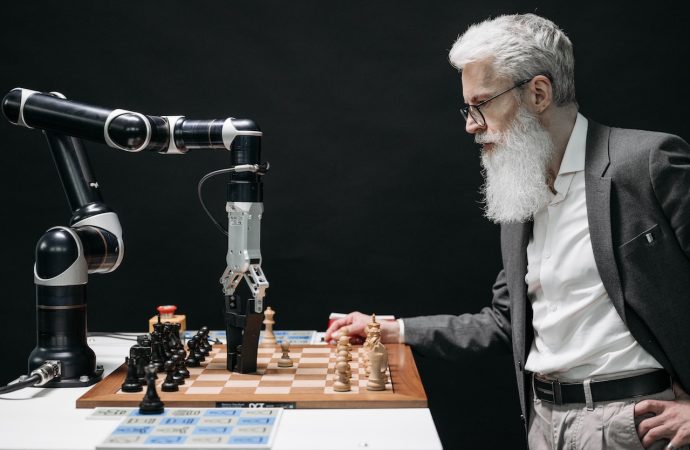In today’s fast-paced and technology-driven world, businesses are under mounting pressure to adapt to rapidly evolving customer demands and market trends. AI, with its ability to automate tasks, process vast amounts of data, and make complex decisions, offers a promising solution to meet these challenges head-on. By leveraging AI, companies can optimize operational efficiency, enhance
In today’s fast-paced and technology-driven world, businesses are under mounting pressure to adapt to rapidly evolving customer demands and market trends. AI, with its ability to automate tasks, process vast amounts of data, and make complex decisions, offers a promising solution to meet these challenges head-on. By leveraging AI, companies can optimize operational efficiency, enhance customer experiences, and unlock new avenues for growth.
One of the primary workforce challenges that AI can address is the increasing demand for repetitive and mundane tasks to be automated. This shift enables employees to focus on more creative, strategic, and higher-value work, leading to greater job satisfaction and improved productivity. By taking over routine tasks, AI systems allow human workers to harness their skills in problem-solving, critical thinking, and emotional intelligence, which are areas where machines currently struggle to match human capabilities.
Furthermore, AI-driven technologies such as machine learning and natural language processing have opened up new possibilities for personalized learning and upskilling. Virtual assistants, intelligent tutoring systems, and adaptive learning platforms can provide tailored training and educational experiences, empowering employees to acquire new competencies and adapt to rapidly changing job requirements. This approach fosters a culture of continuous learning, ensuring that workers remain agile and relevant in an ever-evolving job market.
Nevertheless, the integration of AI in the workforce is not without its challenges and ethical considerations. One concern is the potential displacement of workers as machines take over certain job functions. To address this issue, proactive measures need to be taken, such as reskilling programs, job transition assistance, and social safety nets to support individuals whose roles are rendered obsolete. It is crucial for organizations and policymakers to prioritize the well-being and livelihoods of workers during this transition.
Another critical aspect is the ethical use of AI in the workplace. Transparency, fairness, and accountability should underpin the development and deployment of AI systems. Bias in algorithms and the potential for discriminatory practices must be addressed to ensure equal opportunities and prevent reinforcing existing inequalities. Additionally, safeguards must be in place to protect the privacy and security of sensitive data, as AI technologies rely heavily on data collection and analysis.
As AI continues to advance and reshape the world of work, it is paramount that organizations, governments, and society at large embrace a collaborative approach. Building a future where humans and AI coexist harmoniously requires strategic planning, ethical frameworks, and ongoing dialogue between stakeholders. By proactively harnessing the power of AI, organizations can overcome workforce challenges, unlock new opportunities, and create a sustainable and inclusive future of work.
In conclusion, the integration of AI in the workforce holds immense potential for addressing modern workplace challenges. As we navigate this transformative era, it is crucial to strike a balance between the benefits of AI-driven automation and the ethical considerations associated with its implementation. By leveraging AI technologies responsibly, we can unleash the true power of AI and create a future that empowers both workers and businesses alike.

















Leave a Comment
Your email address will not be published. Required fields are marked with *